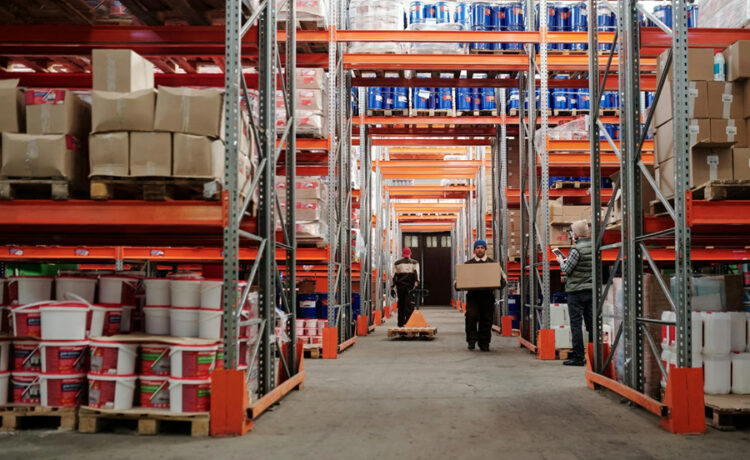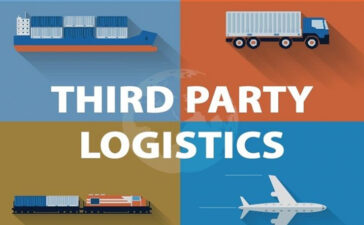Demand forecasting involves estimating future customer demand by analyzing historical data, identifying trends, and examining market conditions. In supply chain management, accurate demand forecasting helps businesses prepare for upcoming needs, avoid stock shortages, and reduce waste. Companies can plan production, manage inventory, and streamline logistics effectively by understanding what customers are likely to want. This practice saves money and also ensures smoother operations and better customer satisfaction. Let’s examine the mechanics of demand forecasting, its advantages, and the ways it can be applied to improve supply chain performance.
Understanding the Basics of Demand Forecasting
Demand forecasting uses data and analytics to predict customer demand for a product or service over a specific period. Businesses collect historical sales data, seasonal trends, and external market conditions to estimate future needs. For example, a retailer might forecast increased demand for winter clothing as colder months approach. Businesses that understand these patterns can prepare accordingly: stocking up on inventory, scheduling production runs, and optimizing delivery schedules. This proactive strategy is crucial for keeping the supply chain balanced and preventing disruptions that might affect customers or result in financial setbacks.
Benefits of Accurate Demand Forecasting
Accurate demand forecasting offers several key advantages for supply chain management. First, it helps businesses reduce inventory costs by preventing overstocking or understocking. Overstocking ties up resources in unused inventory, while understocking leads to missed sales opportunities. Forecasting also improves production efficiency by aligning manufacturing schedules with actual demand. Moreover, it enhances customer satisfaction by ensuring products are available when and where they’re needed. Companies that invest in reliable forecasting tools are better equipped to navigate market fluctuations, maintain steady operations, and stay ahead of competitors.
The Role of Technology in Demand Forecasting
Technology plays a critical role in improving demand forecasting accuracy. Tools powered by artificial intelligence (AI) and machine learning analyze vast amounts of data to identify trends and make precise predictions. Many of these systems rely on APIs to connect with other platforms, such as inventory management or sales tracking software. Developers often test these integrations using tools like Postman or postman competitors, such as Insomnia. These tools ensure the seamless flow of data between systems, which enables businesses to generate accurate forecasts and make informed decisions. Without reliable integrations, forecasting can become less effective, leading to errors in the supply chain.
How Forecasting Improves Supply Chain Efficiency
Demand forecasting strengthens the supply chain by improving communication and planning across all stages. When businesses know how much inventory is needed, they can coordinate better with suppliers, manufacturers, and distributors. Forecasting also helps reduce lead times, which ensures that products reach customers faster. In addition, it allows companies to manage resources more effectively, such as labor and transportation, by aligning them with projected demand. With better visibility into future needs, the supply chain becomes more resilient, flexible, and capable of handling unexpected challenges.
Steps to Implement Demand Forecasting
Implementing demand forecasting involves several steps. First, businesses need to gather accurate and relevant data, such as sales history, market trends, and customer behavior. Next, they should choose a forecasting model that fits their specific needs, whether it’s a simple trend analysis or a more advanced AI-powered tool. Regularly updating forecasts based on new data ensures predictions remain accurate. Finally, businesses should integrate forecasting tools with other supply chain systems to streamline operations. Companies that follow these steps can make data-driven decisions, optimize their supply chains, and better meet customer expectations.









